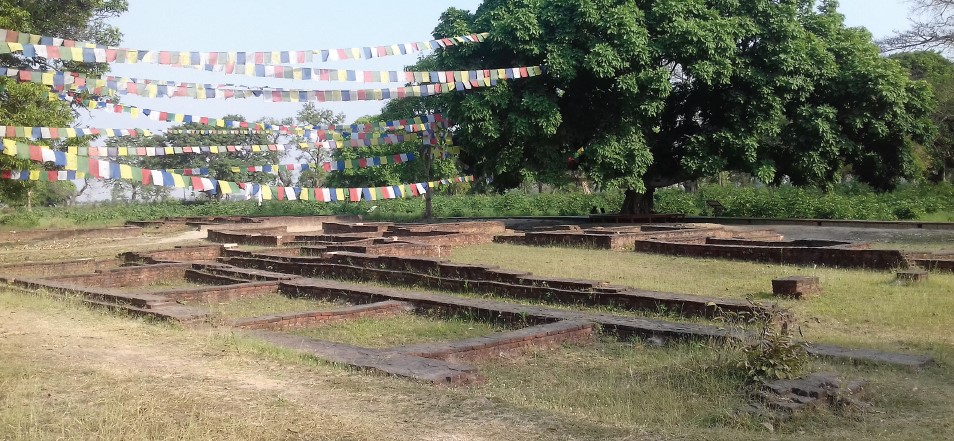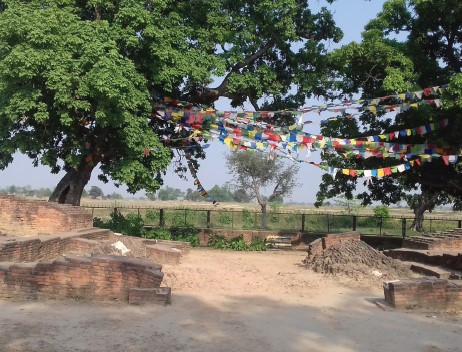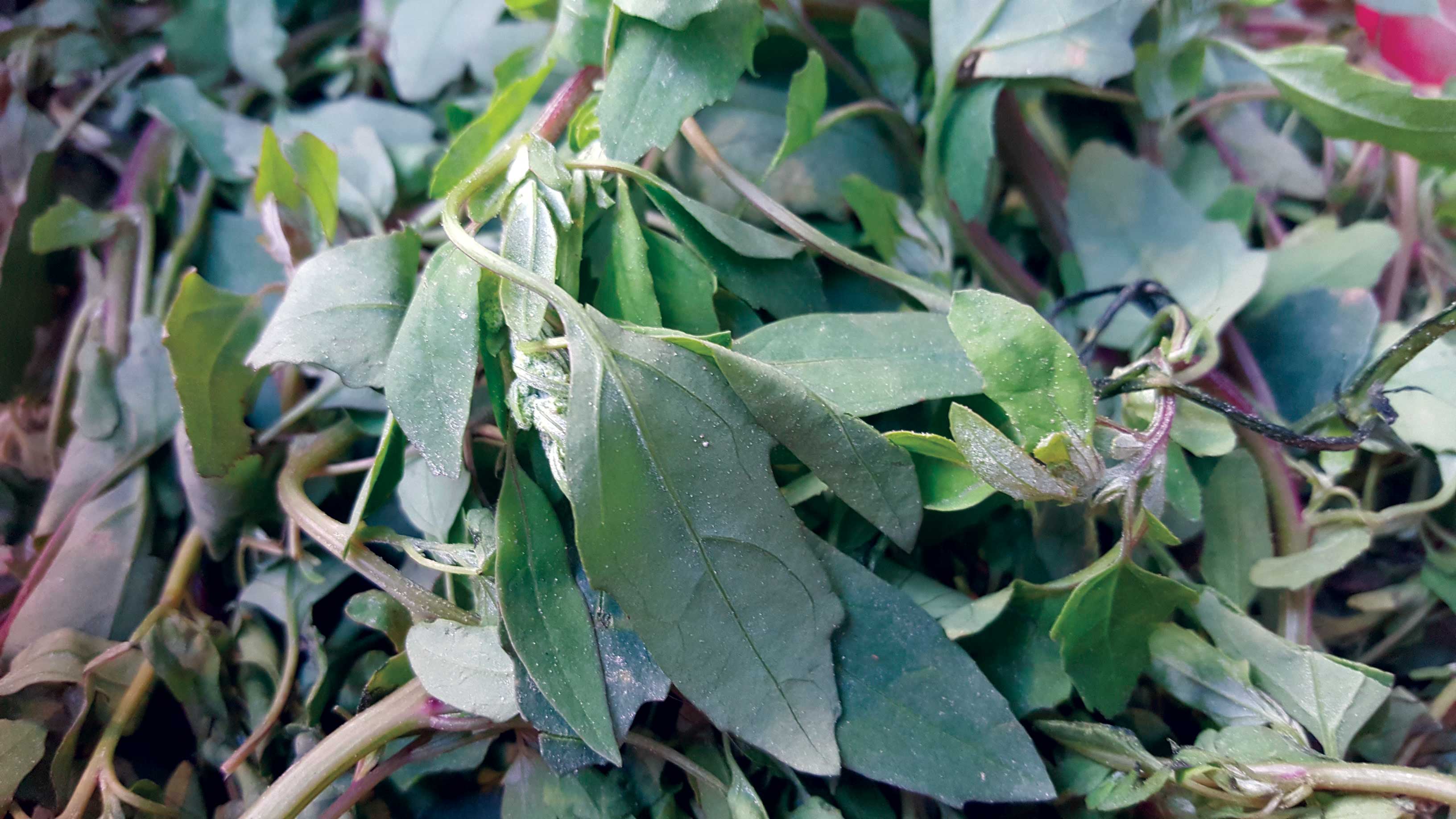
As we entered the Maya Devi Temple complex in Lumbini, I could hear the murmur of tourists although the area is a silence zone. At a distance, three Chinese ladies were posing, and the photographer was uttering, ‘Yi, er, san’, the Chinese equivalent of one, two, three. A group of Sri Lankans in all whites was going round the temple in circles, while monks in their yellow and orange robes were meditating around the peepal tree next to the temple.
Lumbini, the birthplace of Gautam Buddha, attracts hordes of tourists from around the world, not to mention the Buddhist countries and domestic tourists. The monasteries built by different countries in the Lumbini complex take almost the whole day if you visit each one of them. However, most of the visitors miss other must-visit places of historical importance related to Buddha’s life.
Tilaurakot where Buddha spent his 29 years
From Lumbini, we drove towards the west and reached Taulihawa, the administrative center of Kapilvastu district. Then, heading north, on the way to the Tilaurakot complex, we came across a museum that houses the archaeological findings excavated from the complex. We wanted to see the ruins of King Suddhodana’s palace first, so we skipped the visit to the museum.
Reaching the complex, I could sense the ambience—tranquil and heavenly. Although Buddha spent his 29 years here before leaving the place in search of wisdom, you won’t find many visitors here. We just came across a group of monks from Myanmar. They seemed mesmerised by the grandeur of the ruins.
At the entrance of the western gate, the remnants of a 10-feet-wide defence wall were astonishing. You can imagine how well protected the citadel was; apart from the defence wall, there used to be a 22-feet-wide moat with crocodiles. It was simply impossible for the enemies to enter the city.
Seeing the brick structures makes you imagine the grandeur of the citadel. Brick-arms to support the massive wooden doors at the western gate were found during the excavations. The remains of wooden doors had been found in the shape of charred wood, with large number of flat iron pieces and long iron nails.
As we moved further, we came across the remnants of King Suddhodana’s palace. You can see the compartments that once housed the chambers of King Suddhodana, Maya Devi, and young Siddhartha. During the excavations, beads, bangles, potteries, and other antiquities were unearthed from this complex. They are housed in the nearby museum.
To the north of the complex lies the famous Samai Mai Temple, where devotees offer elephants statues once their vows are fulfilled. To the east of the temple is a pond that needs restoration. The staffer told us that King Suddhodana and the royal family members used to take bath in that pond.
As you walk eastwards, you come across the eastern gateway, called “Mahabhinishkraman Dwar”. It is the gate from which Prince Siddartha left this worldly life in search of enlightenment. The gate complex contains a 19-feet-wide roadway flanked on both sides by brick bastions. During the excavations terracotta, human and animal figurines, coins, beads, seal with Brahmi inscription, etc. were found here.
If you walk a further 1200 feet north of Tilaurakot, at a place called Dhamnahawa, you will find twin stupas. The diameter of the big stupa is 52 feet, and it is 7.5 feet high from the working surface. The stupa was made in four phases, with the first phase starting during the fourth century BC. The second stupa, located at a distance of nearly 15 feet north of the big stupa has a diameter of 26 feet and was built in a single phase during the second-first century BC. These are probably two of the four stupas mentioned by Huen-Tsang as existing before the city gates. The four stupas may represent those commemoration stupas near the city gates, erected in the memory of the four events (the sight of the old man, the sick man, the dead body, and the sage), which led Prince Siddhartha to desert the worldly life.

Niglihawa, Kanakmuni Buddha’s birthplace
While different traditions claim Gautam Buddha to be 7th, 25th, or 4th Buddha, I’d heard of Niglihawa, the birthplace of Kanakmuni Buddha. So, after visiting Tilaurakot, we set out for Niglihawa, which is to the north east of Tilaurakot, at a distance of about three kilometers. Reaching the site, we came across a board which states that it was the place of Kanakmuni Buddha’s birthplace. The pillar laid by Ashoka is lying on the floor. Thanks to the authorities, they have at least built a shed and locked the premises to preserve it. Nearby is the pond from which the pillar was recovered.
 Kudan, where Buddha met his family after attaining enlightenment
Kudan, where Buddha met his family after attaining enlightenment
After visiting Niglihawa, we headed to Kudan, where Buddha met his family after attaining enlightenment. It is believed that Prajapati Gautami offered a yellow robe to Buddha during the meeting at this site. It is identified with Nigrodharam (Banyan Grove), the site of the monastery built by King Suddhodana.
According to legend, Buddha’s son Rahul entered into monkhood at this monastery. Meanwhile, some scholars identify this place with Kshemavati or Navik, the natal town of Krakuchhanda Buddha. I was astonished at the grandeur of the place, and it reminded me of the Machu Picchu of Peru. The place and ruins need further restoration and extensive marketing efforts to attract visitors.
Due to time constraints I could not visit other places nearby like Gothihawa, Araurakot, and Sagarahawa, which are located near Taulihawa. The Nirvana and Ashoka Pillar found at the Gothihawa village is identified as the Nirvana Stupa of Krakuchhanda Buddha, and believed to be the birthplace of Krakuchhanda Buddha. The old Araurakot most probably represents the old township belonging to Kanakmuni Buddha. Sagarahawa is believed to be the place where the Sakyas were massacred by King Virudhaka, the son of Prasenajita Raja of Kosala, out of revenge.
As I bid adieu to the land of Buddha, I could feel the compassion within. I’m sure you’ll feel the same after visiting these sites representing the golden era of Buddha.










